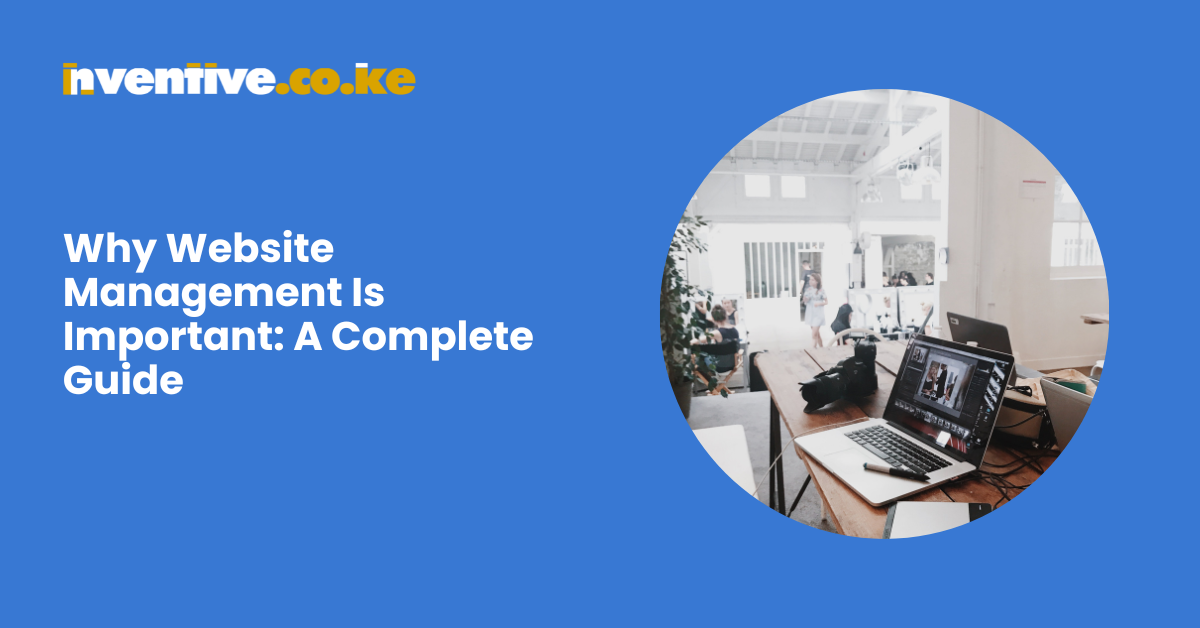

Building an online presence for your company and brand begins with getting your website up and running; however, your work does not end there; managing your website is also important. One of the most important aspects of website management is ensuring that your site remains safe and continues to load quickly in order to provide the best possible user experience. As a result, you’ll need to complete the following daily tasks:.
Having a backup of your website is crucial because it allows you to quickly recover if your host or website is compromised. Backups of the WordPress database and files should be done on a daily basis. ManageWP allows you to quickly schedule incremental backups to ensure the security of your site. You can also save the backup to your computer or upload it to an external storage service such as Dropbox or Google Drive.
Downtime can harm your sales and conversions, in addition to reflecting poorly on your brand. The Uptime Monitor tool can alert you when your website is down if you use ManageWP. It’s time to upgrade your hosting package or look for a new hosting provider if you start to experience a lot of downtime.
You don’t want to take any chances with the surge in malware and online security risks. To make sure the websites you maintain are malware-free, think about employing a service like WordPress.com. If you use our plugin, you may run a check whenever you like, or if you prefer a set-it-and-forget-it approach, you can activate the premium version and use Automated Security Checks, which will send you emails or Slack notifications if anything looks odd.
The responsibilities listed below ought to be completed once a week, but you’ll need to adjust because some of them—like upgrading WordPress, themes, and plugins—depend on outside variables.
As was already indicated, this task is dependent on outside variables, but be sure to use the updates as soon as they become available. This will assist in preventing potential security flaws on your website.
Another step towards creating a superior user experience is to test your website across browsers and make sure the formatting and layout are flawless. After all, visitors to a website won’t be able to follow a clear route towards becoming clients or customers if the layout is flawed. They also won’t be able to understand what the website is about.
To ensure that your website is responsive, test it in the most popular browsers and see how it works on mobile devices.
The chores for managing the website on a monthly and quarterly basis come next.
You may determine which traffic sources visitors are coming from, how long they spend on the website, and which pages are most frequently visited by looking at website statistics. This will enable you to monitor the development of the website, optimise the pages that result in the greatest conversions, and adjust the pages that see visitors leaving.
Every month, be sure to check the website’s loading times. Your clients’ websites can get slower when they start to include more media files and perhaps additional plugins.
In order to prevent people from leaving the site and your customers from complaining that they are losing money, you should make sure to optimise the site to maintain quick loading speeds.
Every form on the website should be filled out and tested once a month to guarantee that no inquiry, contact, or sale is missed as a result of a broken form.
Unused plugins and themes should be removed every three months. To avoid vulnerability and security issues, make sure to deactivate and remove them.
When it comes to site administration, backups are essential, but you must ensure that they are safely stored at the place you designated.
Additionally, you want to be sure that you can quickly restore your website if the worst happens, rather than discovering that your backup plan is ineffective.
Due to drafts, post modifications, spam comments, and other factors, the WordPress database might eventually grow to be rather enormous. To ensure that the websites you manage continue to run at their best, plan a routine database optimisation once every three months.
Last but not least, the following jobs need to be completed annually:.
Make sure to reflect the current year in the copyright information in the footer. Otherwise, potential customers could be less likely to approach you because they won’t know if you’re still in operation.
Finally, you should review all of the installed and active plugins and assess their effectiveness. If you learn that a plugin has been abandoned, check to see if they is still being actively developed and maintained and identify alternatives.
Additionally, you’ll want to confirm that the theme you created for your client complies with WordPress’s best practices and is updated.
It can be intimidating to manage your website, but once you understand which tasks are required and how frequently they must be completed, it becomes much easier. We make certain that your website is always performing at its peak. Let us handle it like consultants.